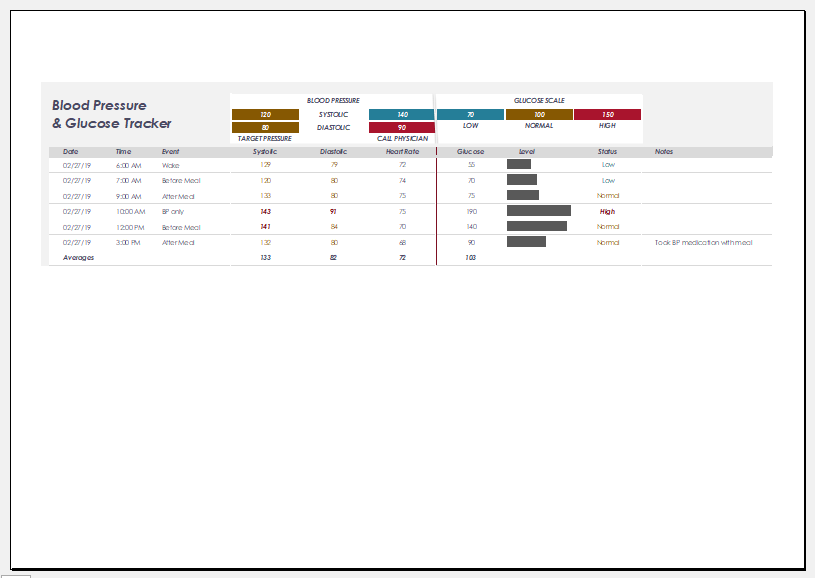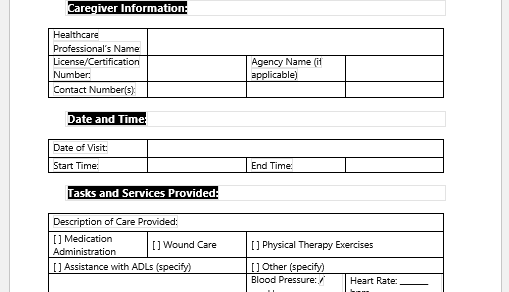The word demography means the study of statistics. It is the analysis of the number of births, deaths, incidence, and prevalence of different diseases within a community over a specific period. It also studies the changes occurring in the human population.
Demography is a vast subject that includes the study of the size, structural build-up, and distribution of human populations. It measures the changes in these statistics, whether in time or space, over a determined period. These changes include births, deaths, and migrations.
Demographic Data
Data can be collected and analyzed using various rates and ratios, some of which are described below:
- Crude birth rate: number of live births per thousand people in a year
- Crude death rate: number of deaths per thousand people in a year
- The expectation of life is the number of years an individual is expected to live at a certain age, according to current mortality rates
- Infant mortality rate: number of deaths of children less than 1 year of age per thousand live births in a year
- Total fertility rate: the number of live births per woman completing her reproductive life according to current age-specific fertility rates
Demographic Cycle
The demographic cycle, also known as the population cycle, is the evolution of a specific population over time.
Stages of Demography
Stage 1: Pre-transition/high stationery: high birth rates and high death rates.
Stage 2: Early transition/early expansion: The death rate begins to fall, the birth rate remains high, and the population starts to grow rapidly. Examples: Afghanistan and Palestine.
Stage 3: Late transition/late expansion: decrease in birth rate and deceleration of population growth. Examples: India and the United Arab Emirates.
Stage 4: Post-Transition/Low Stationery: With low birth and death rates, population growth is minimal. Examples: Japan and Denmark.
Stage 5: Declining: The birth rate is lower than the death rate, hence the population growth is declining. Examples: Sweden and Norway.
Importance of Demography
Demography helps to identify the issues and causes related to morbidity and mortality in the population. Moreover, it aids in categorizing the demands of growth and the aging of the population.
Characteristics of Demography
Various factors can be described statistically, like age, sex, level of education, income, marital status, religion, occupation, employment, rate of births, rate of deaths, rate of reproduction, and the average size of a family.
Patient Demographic Form
The patient demographic form consists of:
- Patient information: Full name, father’s name, age, sex, date of birth, occupation, race, religion, street address, phone number, ethnicity, marital status, email address, and language
- Date and time of filling out the form
- Emergency contact; name, age, contact number, address, and relationship to patient
- Source of finance: name, occupation, address, and contact number
- Information about a referral: name of the physician, address, and contact number
- Insurance information: insurance company, patient’s relationship to the insured person, social security number, sex, and date of birth
- Agreement to privacy and confidentiality
- Name and signature of consenter/patient
- Nursing Documentation Templates
- Mental Health Evaluation Forms
- Forms Used by Pediatricians
- Various Forms Related to Pregnancy Verification
- Common Forms Used by ENT Specialists
- Pain Diary Worksheet Template
- Forms Commonly Used by Old Age Homes
- Medical Treatment Consent Form
- Home Exercise Program Worksheet
- Forms Used for Mental Health Assessment
- Forms Used by Psychologists
- Medical Forms Commonly Used by/for Students
- Assessment Consent Form
- Forms Used by an Anesthesiologist
- Not Fit to Fly Certificate Template



